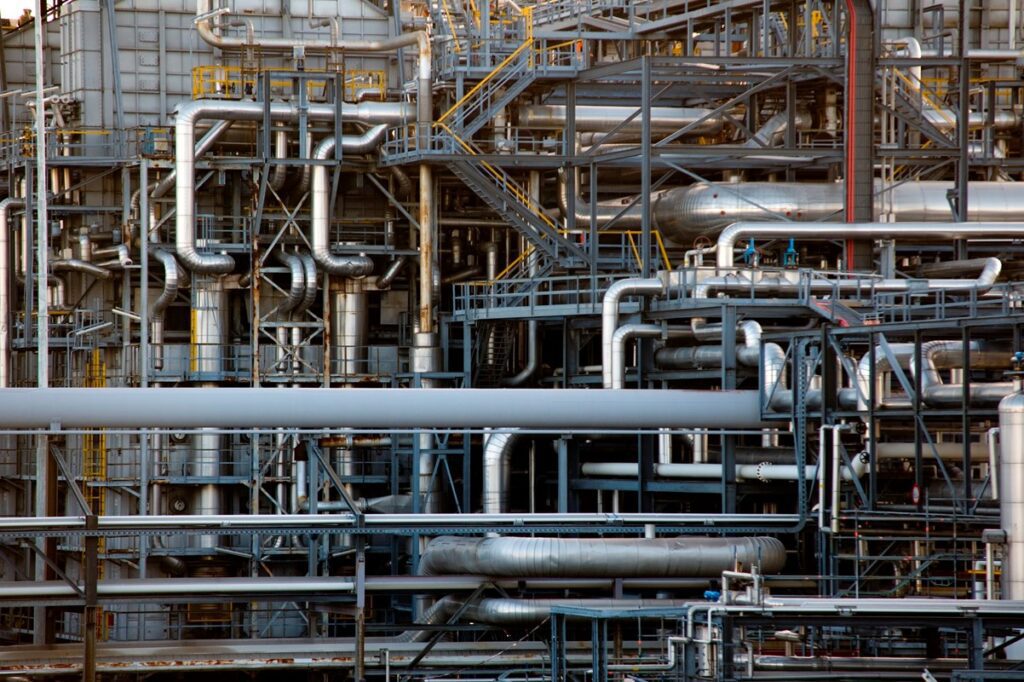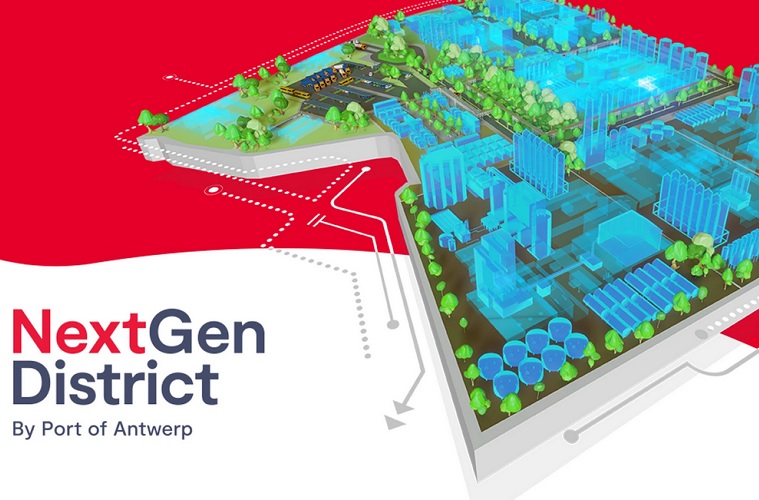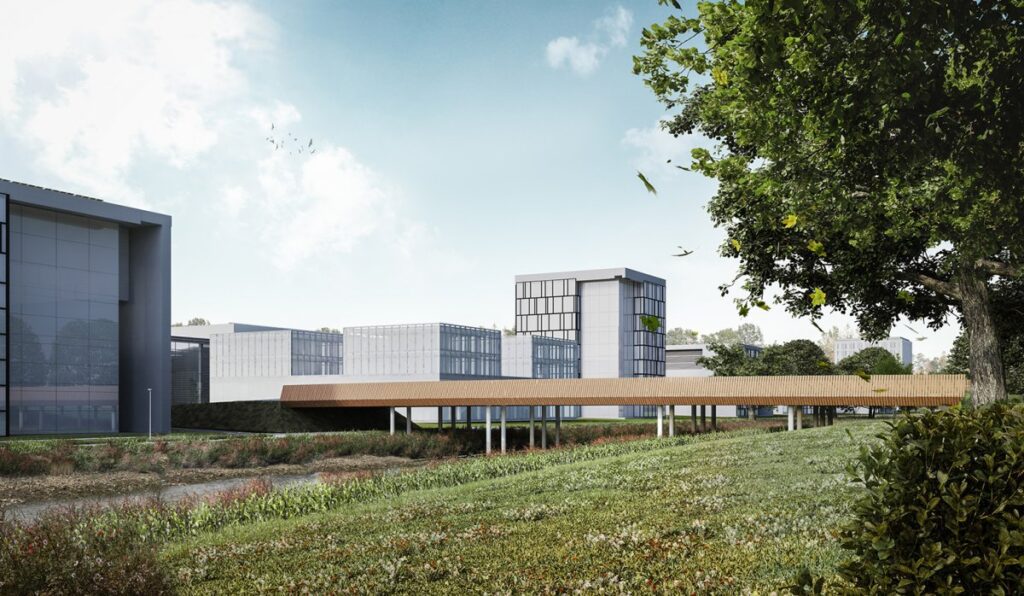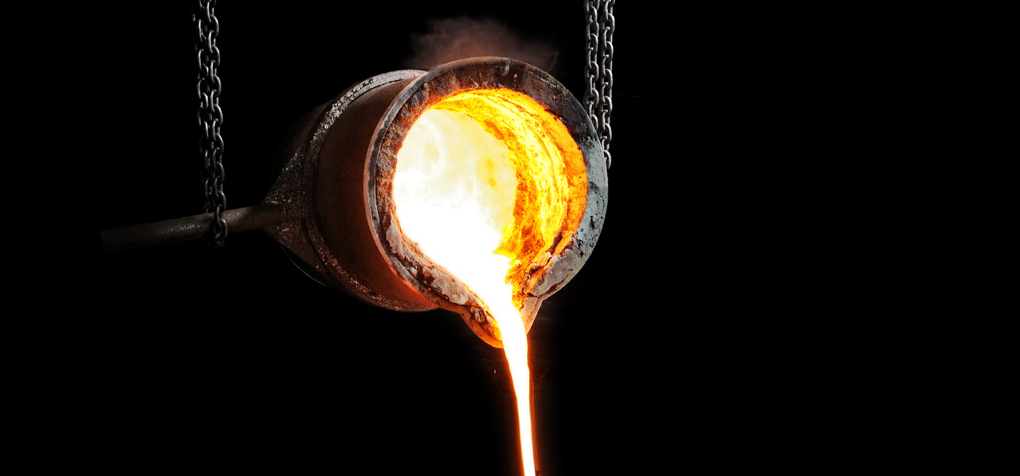The rethinking of infratructure and the usage of waste streams as part of a sustainable future
As part of the Smart Delta Resources, the rethinking of infrastructure and the usage of waste streams is part of a sustainable future. The hydrogen pipeline between Dow and Yara is the start of a process in the Netherlands and Flanders which can extend between different companies. By transporting the hydrogen from Dow, where it is now extracted from their production process, to Yara, where it is used as a raw material, a circular initiative is made. Yara found hydrogen closeby instead of importing the hydrogen via sea. In the future, other companies can attach themselves to the pipeline.
This is the first time that an existing main gas transport pipeline has been modified for hydrogen transport.
What happens here?
For the first time, an existing gas transport pipeline is modified and used for hydrogen transport. The hydrogen for industrial use is transported between Dow Chemicals (Terneuzen) to Yara (Sluiskil) and makes a 12 km long pipeline. The connections between the companies and the pipeline had to be made and a few points had to be made suitable for transporting the hydrogen.
What is the relation with the port?
The two companies connected to the pipeline are two important chemical multinational players in the port. With the reuse of the old gas pipeline for hydrogen, it is a good example on how the port could convert their old infrastructure towards more sustainable means of energy use. This project is the start of Smart Delta Resources to reuse waste streams between different companies.
What is the relation with the city?
This project of Smart Delta Resources is focused on diminishing the CO2 emissions of industry by reusing the waste streams between the companies. However, the city of Terneuzen is located next to the port and its industrial companies, so it would be possible in the future to find a similar story for to use waste streams such as heat to diminish CO2 emissions for households.
What are the ambitions?
For the moment, the pipeline transports four kilotons of hydrogen per year. By 2030, the ambition is to have a network with the capacity of 10 gigawatts or more in all the major industrial clusters in the Netherlands. It would play a great role in the energy transition and is a good example of regional industry clustering and inter-company collaboration. In the future, more hydrogen and green gas pipelines will be used. Energy consumption is reduced by 0,15 PJ per year, which is approximately the annual gas consumption of 3000 households. This saves 10 000 tons of CO2.
Who is behind it?
Dow Chemicals wants to enhance circular economy by closing raw material chains. The hydrogen gas released at Dow is used as raw material (ammoniac) in the production of the high-quality products of Yara, which are fertilizers and chemical and environment solutions. This makes it a cross-sectoral collaboration. It is a project from Smart Delta Resources, facilitated by the company ‘Impuls’. The collaboration is with North Sea Port, the province of Zeeland and East Flanders.




